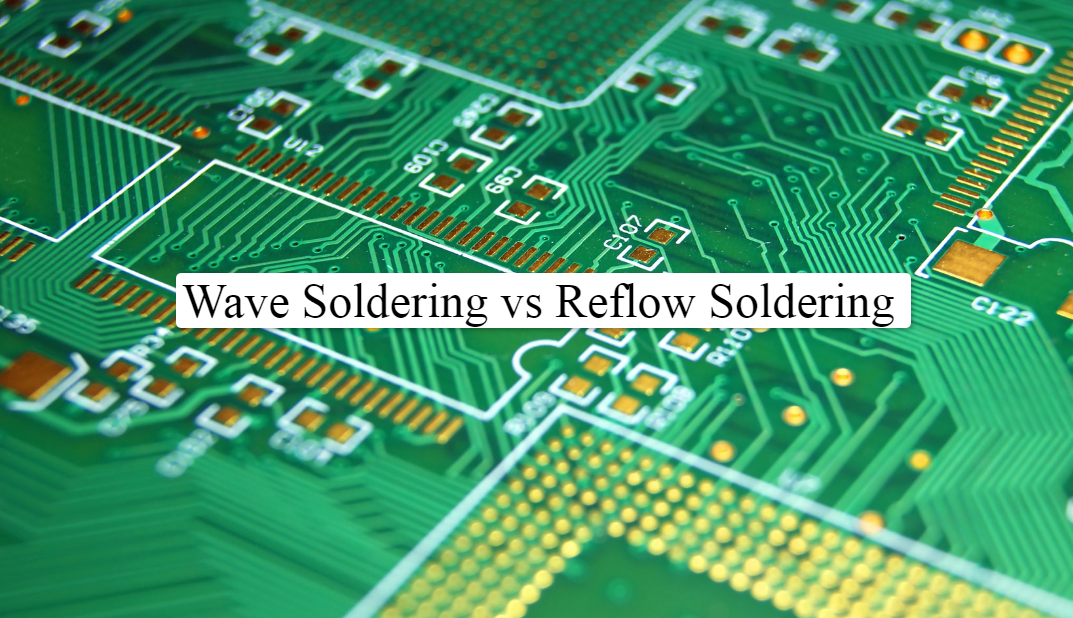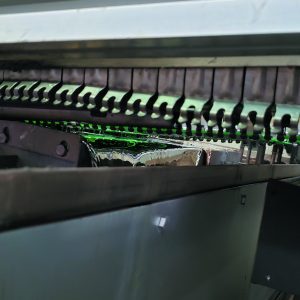

That, in turn, will lead to conductivity loss and cracks. If temperature control is not enough, the circuit board can experience mechanical stress. Moreover, you should make sure that temperatures are adequate during this process. And what is that? Of course, it will solder the electronic components to the PCB. It will float over the rough or calm lake, permitting the tin to attach electronic parts to the board.Īfter the tin bath, you will see that it will cool rapidly, and the solder will do its job.

The printed circuit board can be considered a boat. And, It is called a "spoiler wave" when there are waves in the lake. The liquefied tin is taken as "lake water." It is called a "leveling wave" when the lake is static and horizontal.

It can go through high temperatures, which melt its bar, and molten tin is formed. Technically, this soldering process utilizes a whole tin container for welding. Figure 1 shows electronic components placed on PCB and all ready to go under the soldering machine.ġ.2. This cooling process will secure the components in their place.įurthermore, wave soldering is usually done in a shielding gas environment, as nitrogen usage helps mitigate solder defects. So, the contact between the solder and the lock does the magic.Īfter that, the printed circuit board gets blowing air or water spray for safe cooling. This standing wave shows over the printed circuit board, and the electronic components will be soldered to the PCB. There, a pump will create a surge of solder that will resemble a standing "wave." You will need to pass every PCB over a pan of liquefied solder. Wave soldering is a mass soldering procedure that will permit you to make many PCBs quickly. Nearly every PCB used wave soldering for the placement of electronic components. Stay put.īack in the days when surface mount technology was not entirely developed, "wave soldering" was a very famous soldering technique. So, this article is all about wave soldering. This process of soldering will allow you to make several printed circuit boards in a short time. Can you guess what we are talking about? It is a wave soldering! You just got lucky, as there is another standard way of soldering that is super quick. So, who would not want to look for an alternate way of soldering? It is also unsafe to inhale smoke for a long time. (3) Reflow soldering is suitable for SMD electronic components, and wave soldering is suitable for pin electronic components.Do you want to solder electronic components on your printed circuit board quickly? Do you find it time-consuming to solder them using the soldering irons manually? (2) During reflow soldering, there is solder on the pcb before the furnace, and only the coated solder paste is melted and welded after soldering ĭuring wave soldering, there is no solder on the pcb before the furnace, and the solder wave generated by the welder coats the solder on the pads to be soldered. Reflow soldering is a high temperature hot air to form a reflowed molten solder to solder components. (1) Wave soldering is a solder solder that forms a solder peak to solder components The difference between wave soldering and reflow soldering Wave soldering process: DIP > soldering flux > preheating > wave soldering > cut corners > inspection. Wave soldering is mainly used in soldering of through hole electronic components. In the latter case, the components are glued onto the surface of a printed circuit board (PCB) by placement equipment, before being run through the molten solder wave. Wave soldering is used for both through-hole printed circuit assemblies, and surface mount. As the circuit board makes contact with this wave, the components become soldered to the board. The circuit board is passed over a pan of molten solder in which a pump produces an upwelling of solder that looks like a standing wave. Wave soldering is a bulk pcb soldering process used in the manufacture of printed circuit boards. Request PCB Manufacturing & Assembly Quote Now 2.


 0 kommentar(er)
0 kommentar(er)
